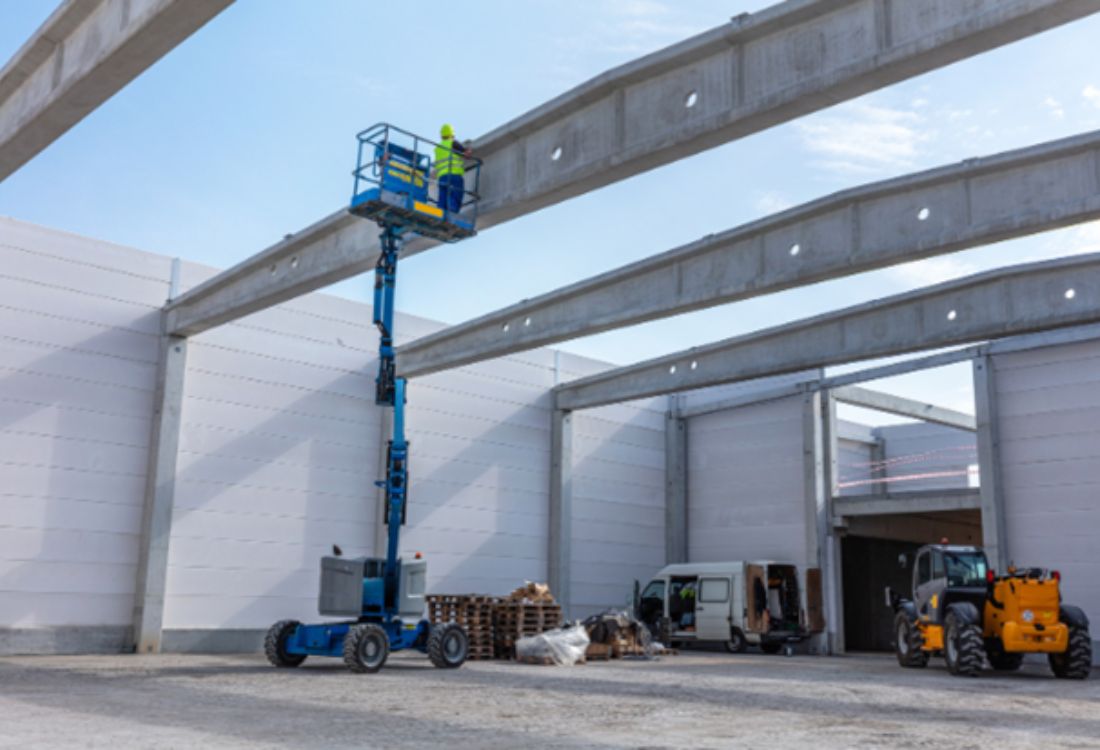Every industry has its own set of health and safety regulations to deal with, some more so than others. The rules in an office will look very different to those of a construction site.
Indeed, the dangers posed in sectors where lift trucks, powered access platforms and other heavy machinery are in use mean having staff trained with the right skills is paramount.
The risks are real, but so are the opportunities to create safer, more productive workplaces through structured powered equipment training. By equipping apprentices and employees with both technical knowledge and hands-on experience through a comprehensive course, organisations can build a culture where safety comes first and staff are confident in their roles.
A strong safety culture starts with the basics. Powered equipment training focuses on foundational health and safety practices, including correct PPE use, structured risk assessments and the development of safe systems of work. From the outset, trainees should be encouraged to think proactively about hazards, not just respond to them.
This approach goes beyond mere compliance and makes it one of the fundamental tenets of your business. By instilling safe working behaviours early, training supports a mindset where safety becomes second nature, reducing accidents and building long-term resilience.
Courses follow detailed Knowledge, Skills, and Behaviours (KSB) frameworks, ensuring that operators meet the rigorous standards required under regulations such as LOLER (Lifting Operations and Lifting Equipment Regulations) and PUWER (Provision and Use of Work Equipment Regulations). This ensures that every trainee understands not only how to operate machinery safely, but also the legal responsibilities attached to the role.
For HR and L&D managers, this means peace of mind that employees are properly trained, reducing liability and ensuring the organisation remains compliant.
Beyond theory, powered equipment training places strong emphasis on practical, real-world learning. Trainees gain direct experience with tasks such as:
Much of this work takes place within real industrial environments or service centres, where trainees learn by doing under the supervision of qualified instructors. Off-the-job classroom sessions provide the underpinning knowledge, ensuring learners understand the “why” as well as the “how” behind every procedure.
This combination of practical and theoretical learning ensures participants graduate with skills that can be applied immediately in the workplace.
Powered equipment training is not limited to a single type of machine. Trainees learn to operate and maintain a variety of equipment, from lift trucks to powered access platforms, making them adaptable to different environments and operational needs. This versatility is a key strength for organisations seeking a workforce that can flex with demand and adapt as operational needs change and grow.
For employers, the benefits are clear: safer operations, reduced downtime and staff who are more confident and capable. For employees, it means transferable skills, greater confidence and improved career prospects.
An IPAF training course or other powered equipment programme means your company and your workers remain compliant with relevant laws and regulations. But it also represents an investment in people and performance.
Well-trained operators reduce maintenance costs, improve efficiency and contribute to a safer workplace. With accidents costing UK businesses millions each year, the return on investment is tangible.
What’s more, IPAF training cost in the UK is a few hundred pounds per operator, making it not just an excellent investment in training but a cost-effective one too.
Want apprentices who are confident and safety-ready? See how our hands-on training makes the difference. Get in touch with the experts at Qualitrain today!
Image source: Canva
These Related Stories



No Comments Yet
Let us know what you think